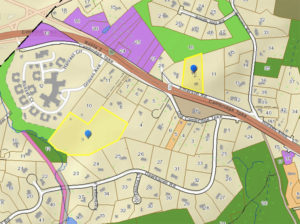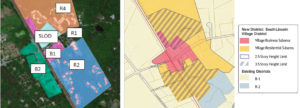 31 Old Farm Rd. — Thomas Lee to Hugo and Emily Beekman for $1,550,000 (February 7).
31 Old Farm Rd. — Thomas Lee to Hugo and Emily Beekman for $1,550,000 (February 7).
334 Hemlock Circle — Martha Lundgren to Jennifer and Richard Saffran for $511,000 (February 14).
0 Old Sudbury Rd. — Roy S. MacDowell Jr. Trust to the Carroll School for $400,000 (February 27) — property then donated to Mass Audubon.







